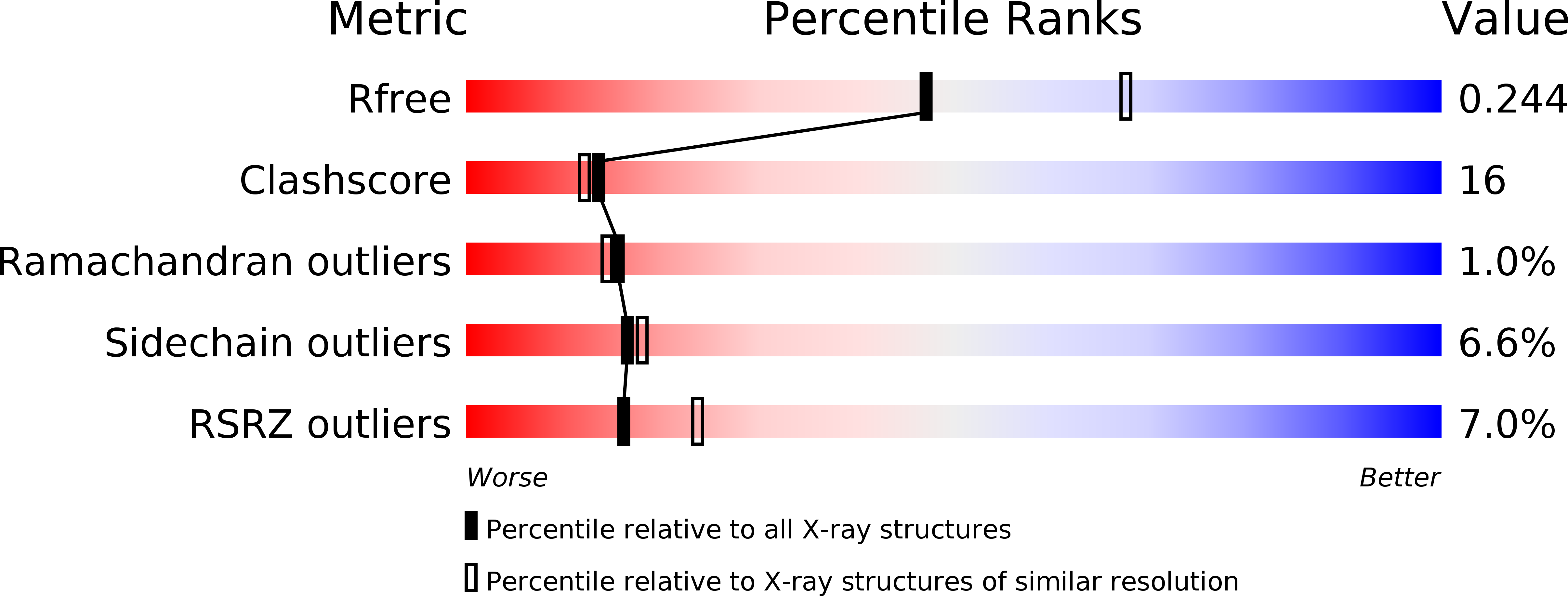
Deposition Date
2002-08-13
Release Date
2003-05-06
Last Version Date
2024-02-14
Entry Detail
PDB ID:
1MFP
Keywords:
Title:
E. coli Enoyl Reductase in complex with NAD and SB611113
Biological Source:
Source Organism:
Escherichia coli (Taxon ID: 562)
Host Organism:
Method Details:
Experimental Method:
Resolution:
2.33 Å
R-Value Free:
0.25
R-Value Work:
0.19
Space Group:
P 61 2 2


